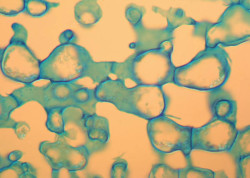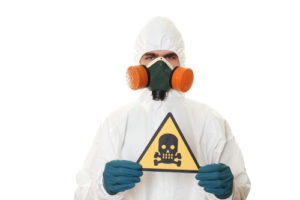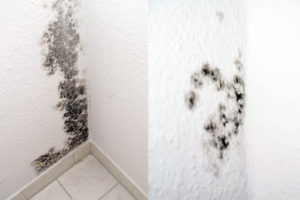Mold 101: Prolonged Mold Exposure May Cause Cognitive Issues

Mold May Be More Dangerous Than You Think.
Much has been written and documented about exposure to mold spores triggering upper respiratory allergic reactions. Researchers are now discovering disturbing evidence pointing to a link between the body’s inflammatory response to mold and structural changes in the brain.
How Inflammation Affects the Brain
A semi-permeable membrane known as the blood-brain barrier protects the brain from neurotoxins while allowing passage of water, glucose and other molecules that are necessary for neural function. Inflammatory reactions can loosen the tight junctions binding the BBB cells, compromising their ability to control what moves in and out.
TGF beta-1 and and IL-1B are two of the specific compounds that produce this inflammatory response in the BBB. Scientists have also found that elevated levels of these substances are present in patients who have developed chronic inflammatory response syndrome after exposure to moldy interiors in water-damaged buildings.
Mold and Cognitive Functions
NeuroQuant is a sophisticated software program used to assess patients with traumatic brain injuries based off of a specifically-run MRI. When NeuroQuant was used to evaluate the brains of patients with mold illness, preliminary results indicated a “unique fingerprint” of changes in white matter volume along with structural gray matter damage.
Previously, there had been some doubt as to whether there is a connection between mold exposure and cognitive brain damage. As researchers verify and expand the study, it appears that we may shortly have a definitive answer to this question.
Stern Mold: The Leaders in Effective Manhattan Mold Removal
Our eco-friendly two-step MoldExterm treatment is a cost-effective and non-invasive solution for Manhattan mold removal. Contact us today to schedule a free mold inspection by our friendly and professionally-trained technicians.




